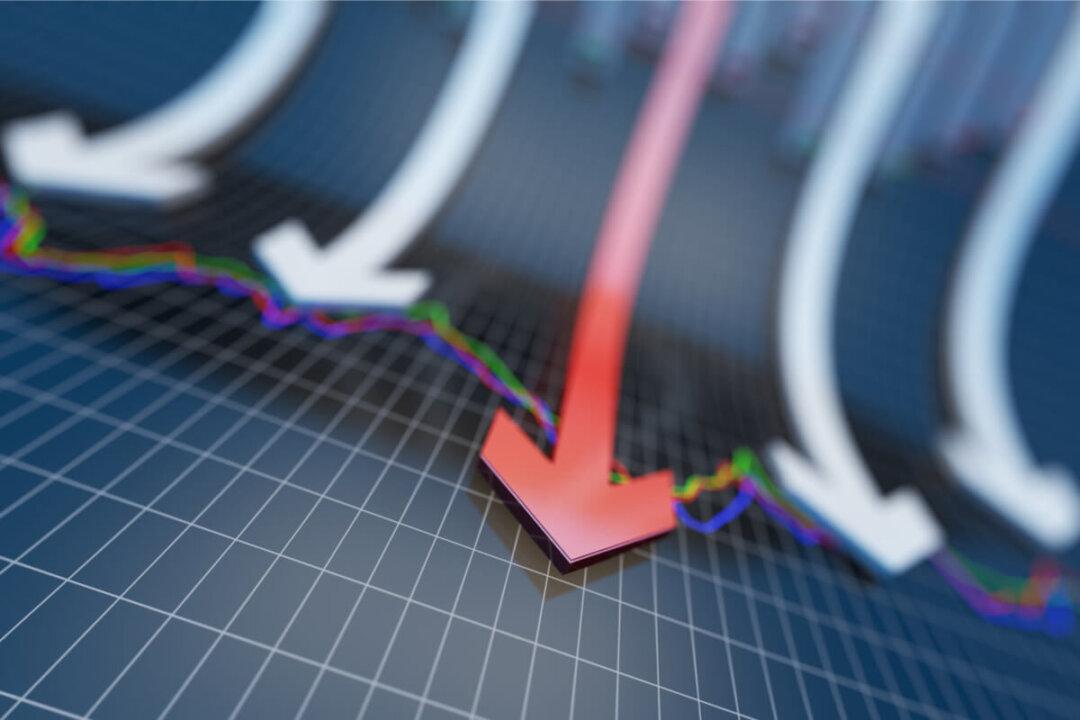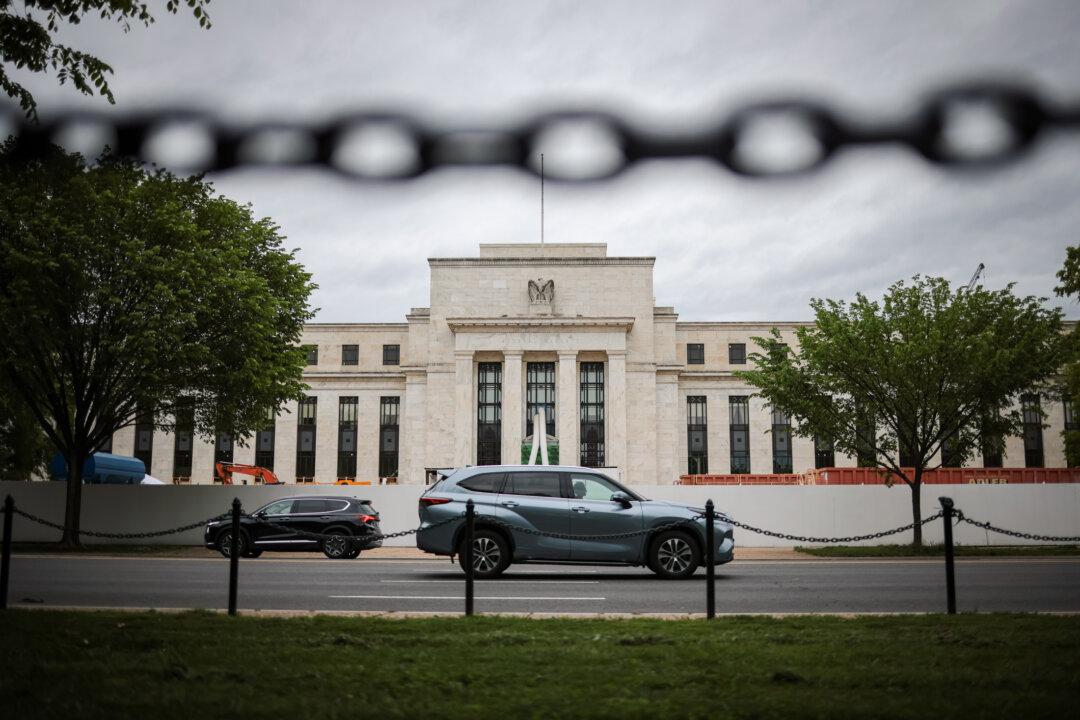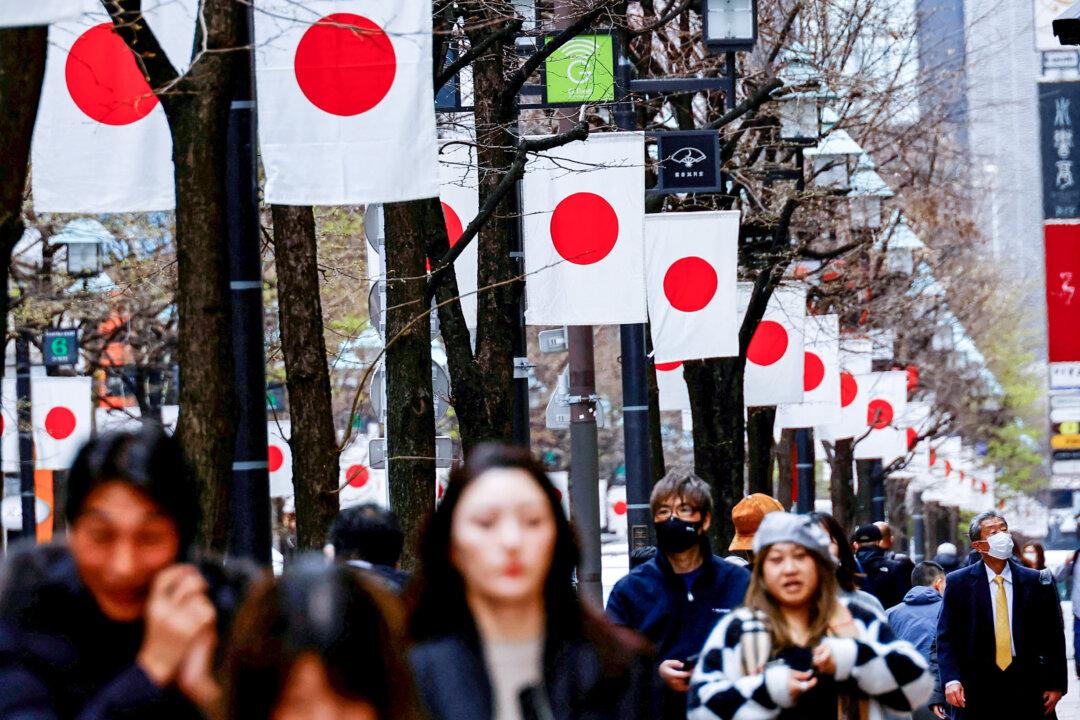Commentary
Most of the time, it is not easy to tell how good or bad an economy is. Take the United States as an example, while the non-farm payroll year-over-year (YoY) growth rate has been on a downtrend (from above 10 percent in April 2021 to below 2 percent recently), the unemployment rate has remained flat and low in the recent seven quarters, yet real GDP YoY growth has been fluctuating although it has rebounded recently.





